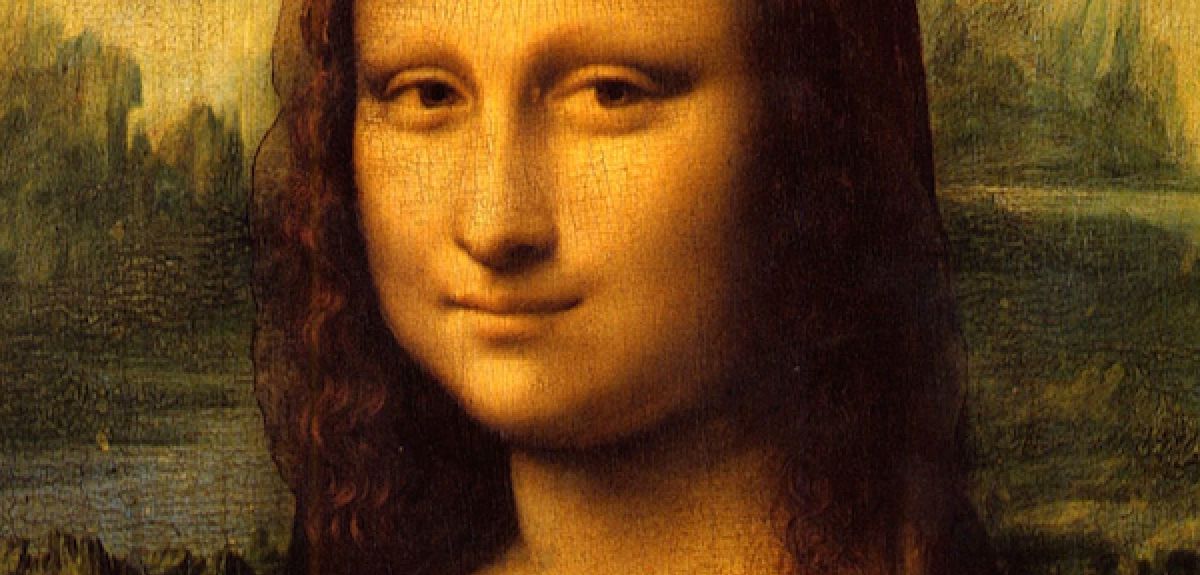
Identity of Leonardo da Vinci’s mother revealed in new book
The identity of Leonardo da Vinci’s mother has been revealed in a new book by an Oxford University art historian.
The identity of Leonardo’s mother has until now been shrouded in mystery. But a forthcoming book by Professor Martin Kemp, Emeritus Professor of the History of Art at Trinity College and Oxford University, has identified her as 15 year old orphan Caterina di Meo Lippi, who gave birth to Leonardo on 15 April 1452.
Mona Lisa: The People and the Painting, by Professor Martin Kemp FBA and Dr Giuseppe Pallanti, will be published by Oxford University Press on 8 June 2017.
There have been many theories regarding Leonardo’s mother’s identity, including that she was a slave of Eastern descent who was given the name Caterina.
New research undertaken in the archives of Vinci show that in 1451, in a farmhouse under a mile from Vinci, there lived the 15 year old Caterina di Meo Lippi – shedding light on Leonardo’s maternal family tree for the first time.
Caterina lived with her infant brother Papo; they had lost their parents, and their grandmother had recently brought them to live in her house in the hamlet of Mattoni. Poor, vulnerable, and with no prospects, she became pregnant by Ser Piero da Vinci during one of the ambitious young lawyer’s visits to his home town in July 1451. Ser Piero was then forging a highly successful career in Florence.
An intricate web of evidence supports the identification of Caterina di Meo Lippi as Leonardo’s mother, including Antonio da Vinci’s tax return on 28 February 1458 which asserts that Leonardo, his five year old grandson was living with him.
The new book, Mona Lisa: The People and the Painting, tells the true story of the Mona Lisa using previously undiscovered archival information about the families of both Leonardo da Vinci and Lisa del Giocondo, the subject of the portrait. Newly documented detail relating to the participants’ lives enable the authors to ground the Mona Lisa in reality, and develop a new theory of the Mona Lisa as a ‘universal picture’.
Professor Kemp says the book aims to show that the portrait of Lisa del Giocondo was a product of real people with ordinary lives.
"Leonardo was doing extraordinary things, but the context that gave rise to the portrait was no less embedded in the daily business of life in Renaissance Florence than when Lisa’s husband, Francesco del Giocondo, imported leather from Ireland," he said.
“It is from these human circumstances we can see that what began as a portrait assumes the guise of a ‘universal picture’, in which Leonardo strove for his ultimate remaking of human and natural worlds through his imagination.
"Above all, we cut though the suppositions and the myths to show that the portrait is a product of real people with ordinary lives. We sought to bring back a sense of reality into the creation of the portrait of Lisa del Giocondo.”
 Study shows plants are more likely to be ‘eavesdroppers’ than altruists when tapping into underground networks
Study shows plants are more likely to be ‘eavesdroppers’ than altruists when tapping into underground networks
 Former UK Prime Minister Rishi Sunak to join Blavatnik School of Government’s World Leaders Circle
Former UK Prime Minister Rishi Sunak to join Blavatnik School of Government’s World Leaders Circle
 Oxford researchers advocate for comprehensive framework to study AI's impact on youth mental health
Oxford researchers advocate for comprehensive framework to study AI's impact on youth mental health
 New Sutton Hoo research links Anglo-Saxons to Byzantine military campaigns in Syria
New Sutton Hoo research links Anglo-Saxons to Byzantine military campaigns in Syria
 Wellcome Discovery Award of £5m to fund pioneering research to combat deadly diarrhoea
Wellcome Discovery Award of £5m to fund pioneering research to combat deadly diarrhoea